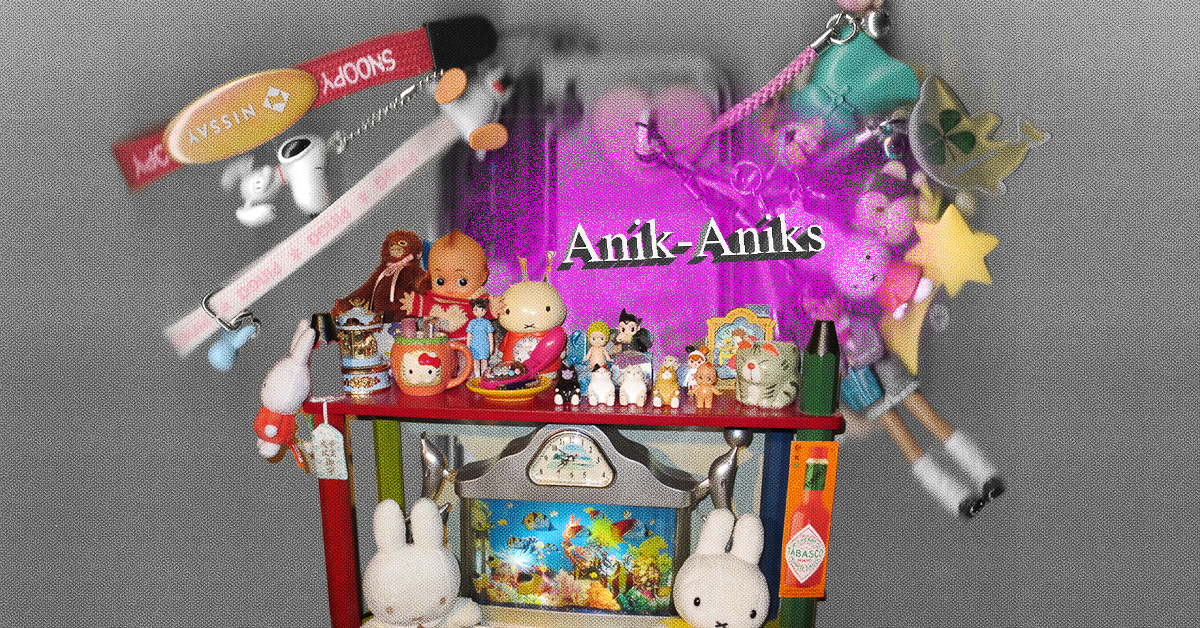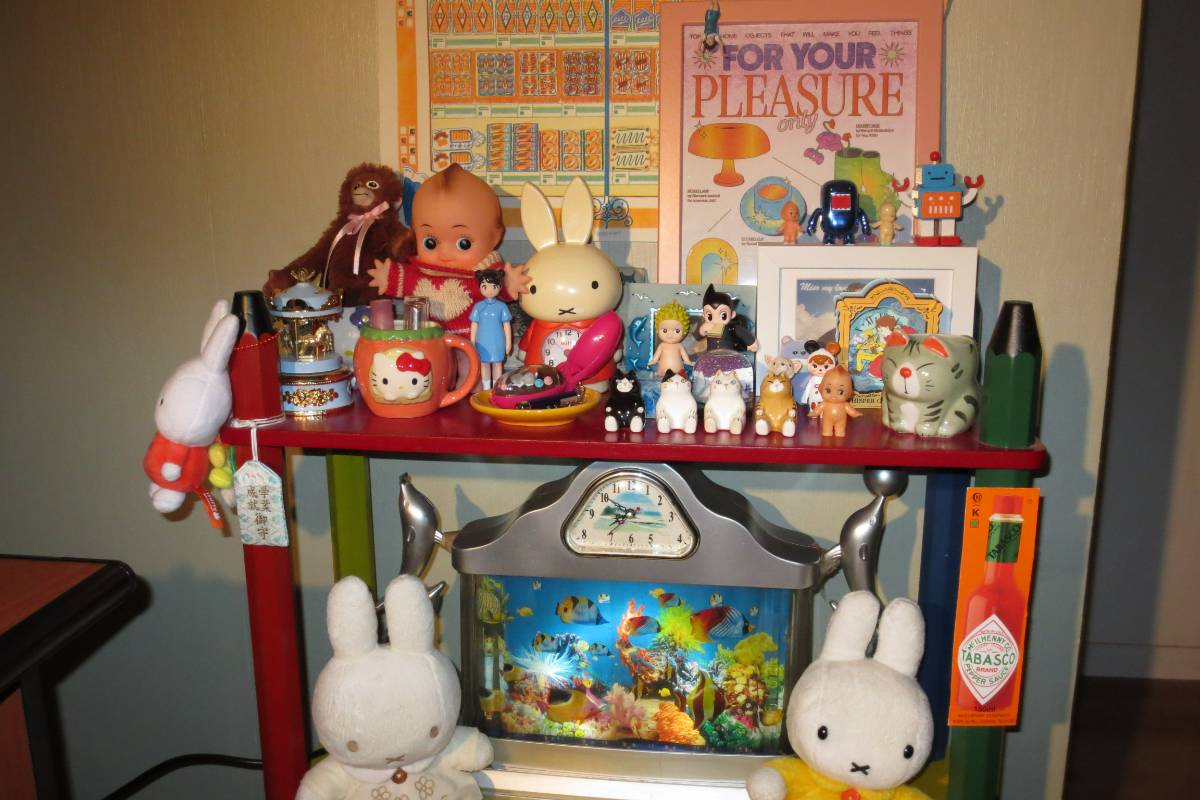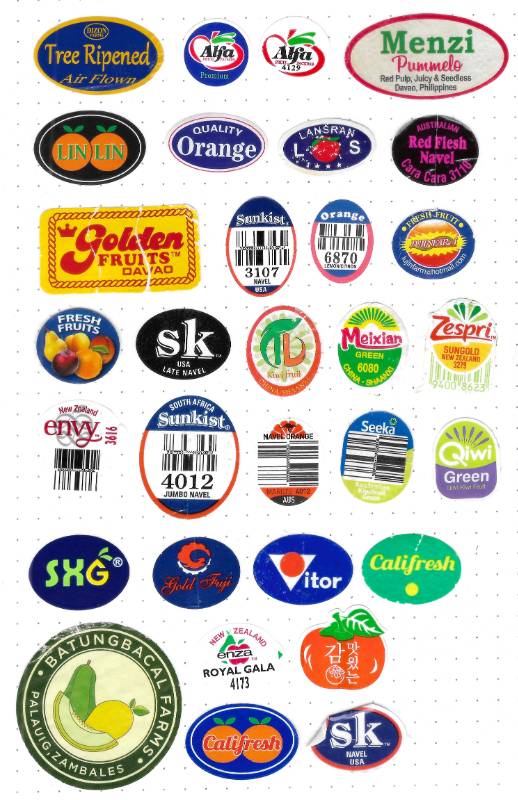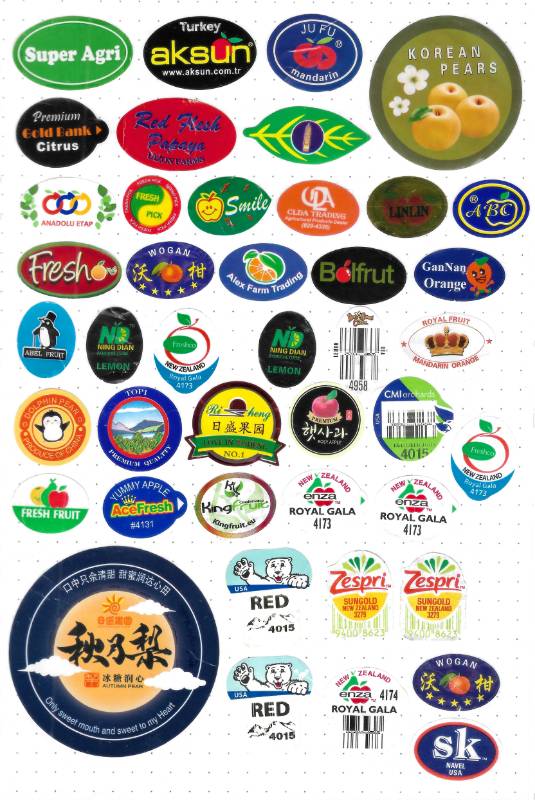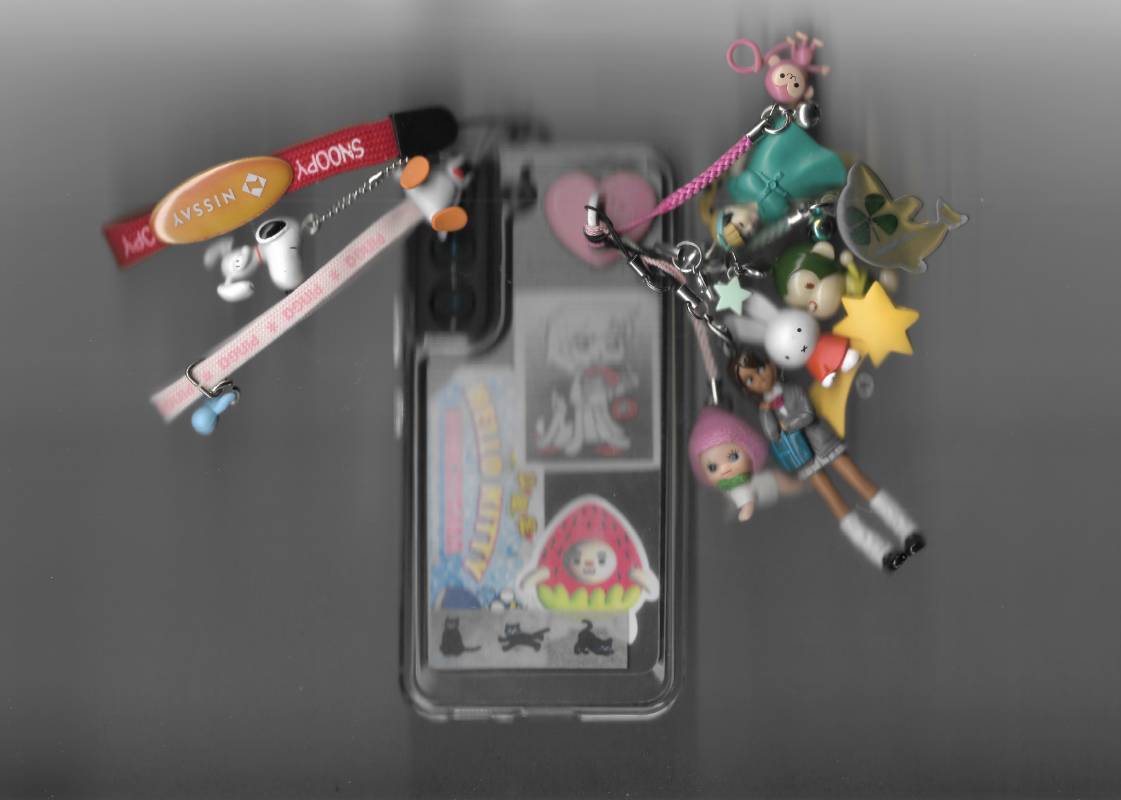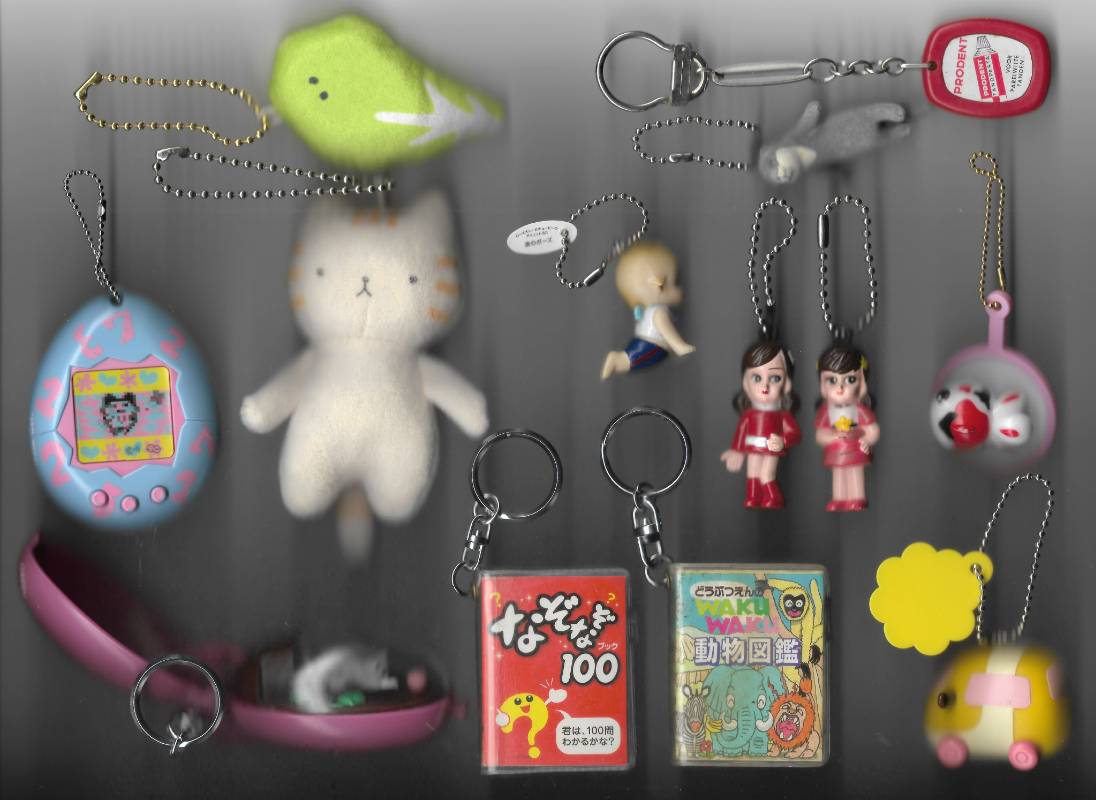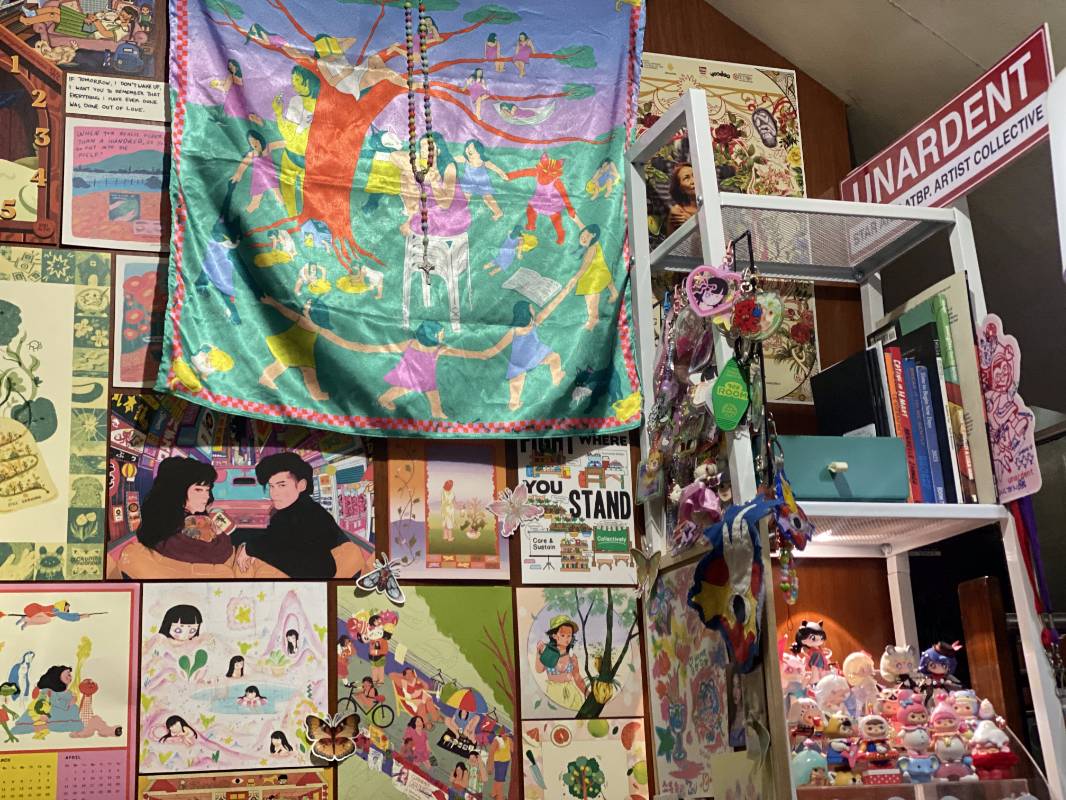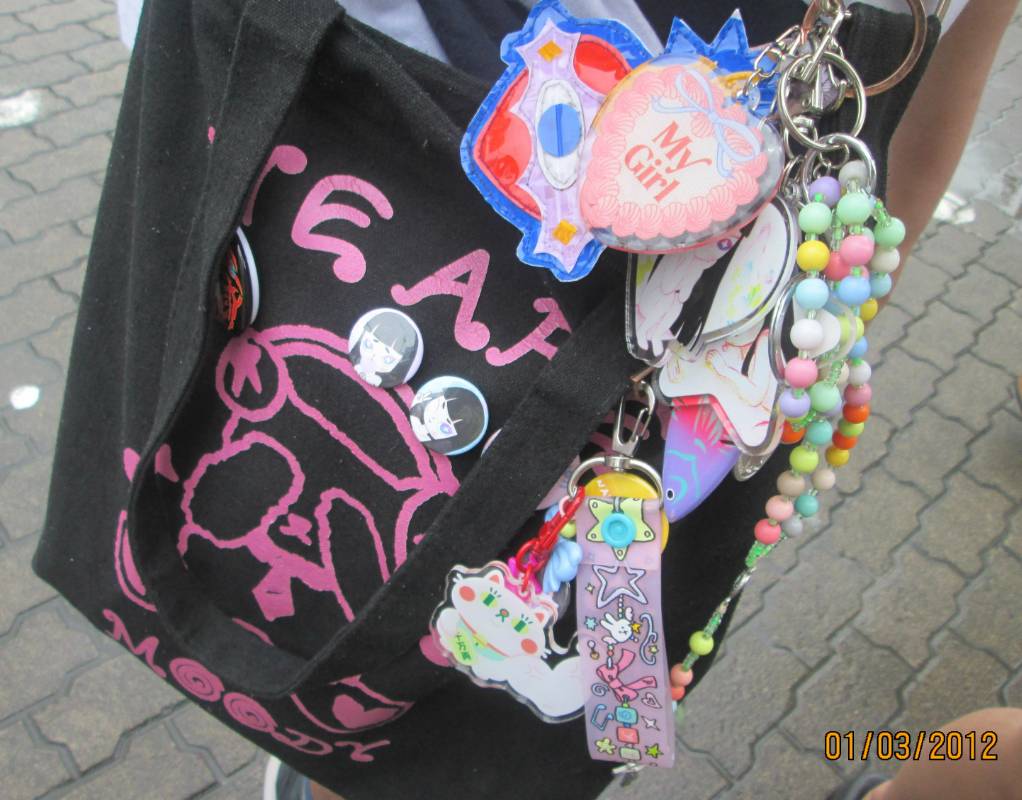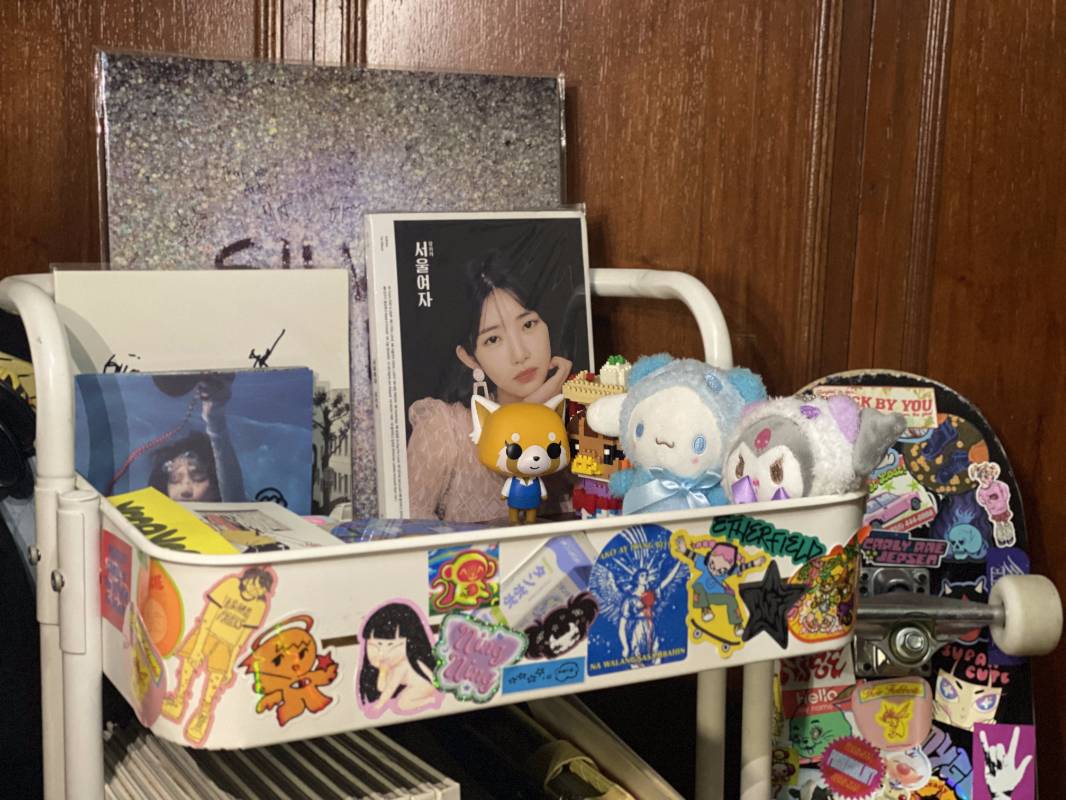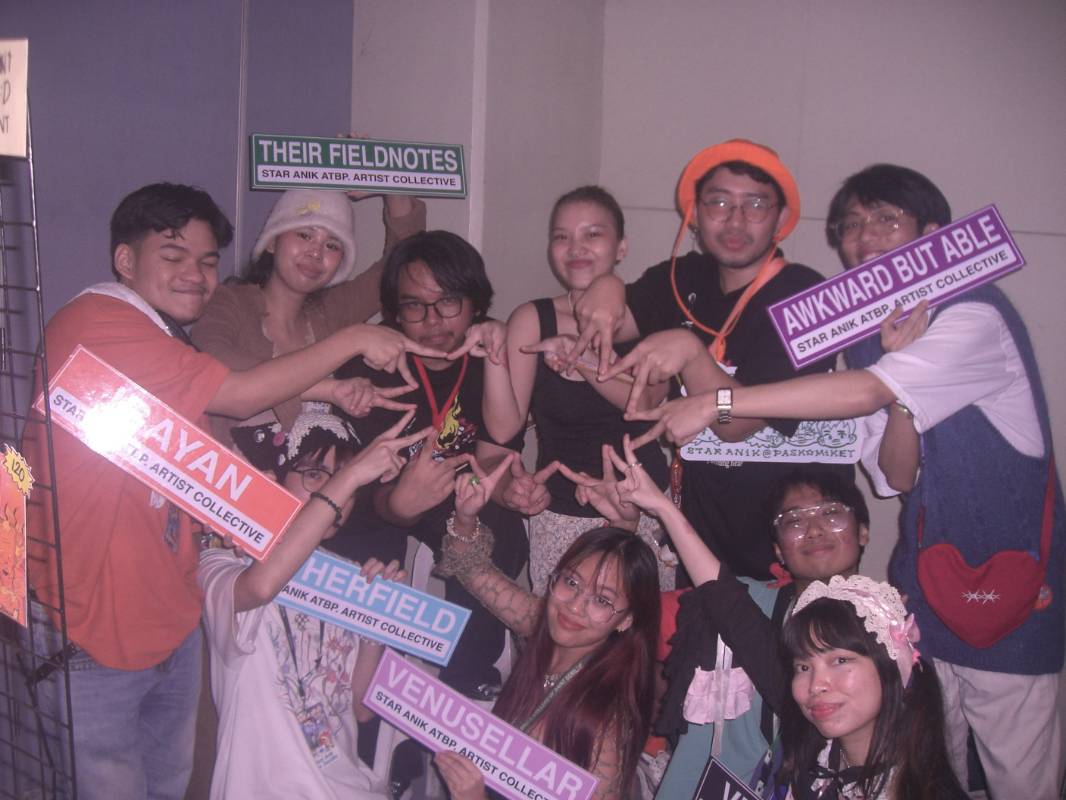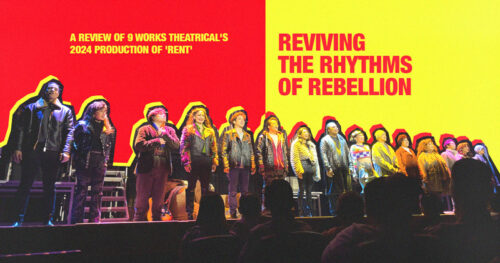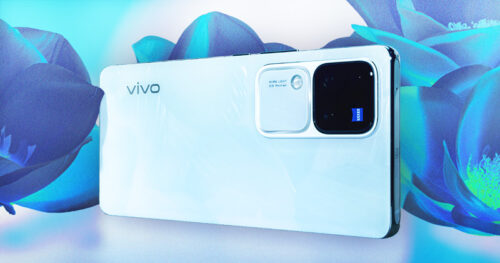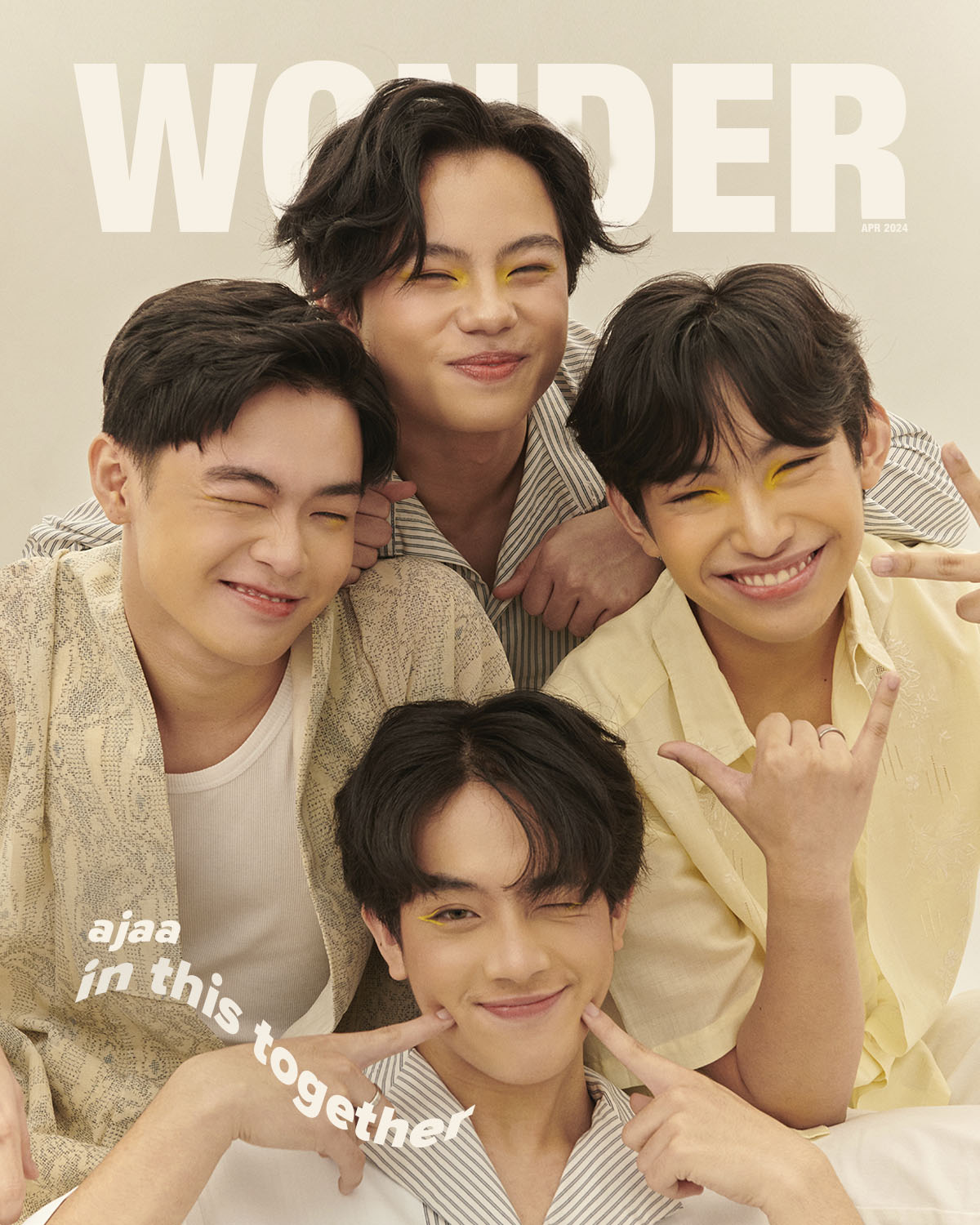Do you enjoy anik-aniks, too?
In the room I share with my mother, I have this one drawer next to hers. It’s filled to the brim with items that probably date back over 10 years, each piece making the cut because of the positive emotions and beautiful memories associated with them. There sits one A5 binder bursting with stickers, letters, postcards and other things, and the spillover has found a home in a worn-out craft box that needs to be taped closed. On top of the drawer is my everyday dresser, where a couple of figurines and McDonald’s Happy Meal Toys look right at home next to my makeup. Don’t even ask me how many keychains I have from pandemic-era orders and winning yields from Don Don Donki gacha machines. I know my mom scratches her head knowing how much I have accumulated. Am I ashamed? Not really.
This hobby had no name for the longest time, at least to me. But in 2023, I was glad to discover that there’s a community of individuals who feel the same happiness when they think of their own collections. We might have heard our maternal figures use the word anik-anik instead of “ano-ano (this and that)” in describing whatever cluster of things they find in the house. Now, the word has become the overarching name to describe a variety of small and adorable keepsakes and the one who owns them.
Ahead, anik-anik collectors Bao (@COZYBAO) and Arden (@unardent) talk about their collections and the colorful, joyful and sentimental world of anik-aniks.
RELATED: TOKI Just Changed The Collectibles Game
Bao @COZYBAO (Designer, Illustrator and Cat Lover)
Illustrator and anik-anik enjoyer Bao recalls finding joy in collecting as early as a child, where they would gather colorful plastic spoons from the ice cream shop near their house. “I wasn’t collecting them to use them,” they recount. “I unconsciously found them pretty and wanted to keep them.”
But we all know that when we become teens, the world tells us to speed up the process and grow up faster. Some don’t listen, some do. Bao was part of the latter—rushing to be older than they actually were, unable to do things people their age got to enjoy. But now in their 20s, Bao has found their own definition of adulthood and how looking childish or mature doesn’t matter. They proudly proclaim, “I’ve rediscovered the pure joy that comes in collecting trinkets and have been doing so for almost a year now.”
Wonder: What type of anik-anik do you usually collect for yourself? Why do you find yourself gravitating towards these more?
Bao: My favorite anik-anik to collect would be keychains. They’re tiny and mobile; you can carry them around on your phone and bag. Keychains are a comforting presence when I go about my daily life, and they subconsciously make me feel like I’m not alone. Every time I use my phone, I’m greeted with the jangling of keychains like a mini-tindahan (store); something as simple as that brings me joy.
Aside from that, I enjoy archiving vintage letter sets because I’ve grown to appreciate the feel and layout of the paper in which I write letters for my loved ones. Coming from an Asian household with fruits as a large part of their diet, I have a six-pages-and-counting collection of fruit stickers. Fruit stickers are often overlooked because they're inconspicuous and exist in our everyday lives, but they're little examples of wonderful design. Of course, I love collecting anything cat-themed because they remind me of my cat, Miso. Having a cat keychain or plushie around feels like a good luck charm, a reassurance that the day ahead will be great.
W: Displaying anik-anik collections adds to the fun of it all, especially the whole process of assembling, curating and organizing, whether they’re hanging keychains on bag straps or figurines in spaces. How would you describe the way COZYBAO shows off theirs?
B: I believe that one's personal life and interests manifest in their collection, which applies to me, too. I prefer to have my desk clutter-free so I have enough space to explore my ideas. This is why I have my trinkets on a separate, three-layer shelf next to me. It's near enough that I can look at it whenever I need a break from work.
Surprisingly, I don't always have keychains on my bag because of the fear that I'll lose them while I'm on the go. That's why I have multiple charms hanging from a hook glued to my phone since they’re way too heavy. And since I can't sit still, I'm always fidgeting with my keychains as a source of comfort.
RELATED: To National Book Store, From My Inner Child
W: We’ve had this diverse community of collectors in the Philippines for a while, often overlapping with many different parts of pop culture and interests. As the community grew, anik-anik became the main word to describe the beloved variety of small items and keepsakes. Do you recall your first encounter with the word in that context? How does its new meaning make the current community unique?
B: I've known about the word itself as a signifier of “anything and everything,” but I’ve only seen anik-anik being widely used by youth on social media this year. Local sellers on Facebook and Shopee also often use the term to describe surplus products, and it’s not just limited to toys and keychains. From what I’ve observed, anik-anik has evolved to encompass a community of avid and casual collectors.
W: What can you say to those who hope to get into the world of anik-anik but don’t know where to start?
B: Collecting anik-anik can be as simple as keeping a receipt from a night out with friends, a movie ticket or a tourist keychain from your travels. Anik-anik literally means “whatever,” so don't feel like you have to collect what others do, especially when they're shared on social media. The most important thing to keep in mind when curating a collection is that whatever you gather should ultimately be precious to you, not others. Your passions and interests make your collection exclusively yours because collecting anik-anik is ultimately a personalized and unique experience.
RELATED: Journaling Towards Better Mental Health
Arden @unardent (Artist, Member of Star Anik atbp. art collective and Freelance Graphic Designer)
Likewise, artist and fellow anik-anik enthusiast Arden recalls their earliest memories of joyful collecting revolving around fake Pokemon pogs, figurines and cards from palengke (market) stalls and Happy Meal toys with clips. Arden also recalls asking their mother to buy them laser stickers along bangketas (street markets) to decorate their notebooks and toys. “I think my earliest memory of finding joy in it was screwing keychain hooks on figures just to turn them into keychains,” they reminisce. “Although it wasn’t until recently that I started collecting again, adult money does wonders for healing the inner child!”
W: What type of anik-anik do you usually collect for yourself? Why do you find yourself gravitating towards these more?
Arden: I collect a lot of original artwork from friends and fellow artists, mostly in the form of stickers, prints and keyrings. I find this a lot more appealing and personal compared to the usual childhood characters we all know and love—although I still collect Snoopy and Miffy when I can—because of the stories and effort artists put behind their work.
It’s somewhat of an archival process, too, since this generation of young artists is heavily focusing on stickers and keychains as art. We tell our stories through these mediums. I buy from fellow artists because I relate to them in that manner, regardless of how trivial the subject is. I’m able to keep a piece of them with me at all times. It’s also a way of supporting my friends and preserving this time, wherein we value the simplest of objects and the stories they tell us.
W: Displaying anik-anik collections adds to the fun of it all, especially the whole process of assembling, curating and organizing, whether they’re hanging keychains on bag straps or figurines in spaces. How would you describe the way Unardent shows off theirs?
A: Organized chaos. I think being a collage artist affects how I place objects in certain ways. For example, my laptop has mostly pink stickers at the moment, the stickers under my skateboard are full of statements and phrases, and the ones on my shelf are mainly from members of my art collective. There’s always a theme and, despite that they’re all from different artists, that’s what makes them all so unique from one another. But they come together nicely as a whole, emphasizing the entire idea of community and similarity.
Before I go out, I can take at least 30 minutes to strategically decide which keyrings I hang on my bag. I like to show off my anik-anik in a way that there’s a story to tell, a conversation piece for when I go out or when I have guests over. I could talk about all my individual stickers, prints, postcards and more for days with such fondness and warmth. I'm in love with the idea of being able to share these stories and sentiments with the people I’m close to.
Also, my favorite description of how I display my anik-anik is from a friend. They told me na “Mukha nang tindahan,” yung room ko (“Your room looks like a store”). I’m obsessed with that.
RELATED: Y2K Nostalgia with Magasin Archive
W: We’ve had this diverse community of collectors in the Philippines for a while, often overlapping with many different parts of pop culture and interests. As the community grew, anik-anik became the main word to describe the beloved variety of small items and keepsakes. Do you recall your first encounter with the word in that context? How does its new meaning make the current community unique?
A: When I was younger, I’ve always encountered scenarios wherein there’s a mess of antiques or figurines. “Ang daming anik-anik… (So much stuff…)” or “... puro anik-anik (…it’s all stuff)” are just some of the common phrases I’d hear from elders when it came to these things. Back then, it sounded a lot more passive and was simply used to describe a whole mass of keepsakes, just objects. I feel that the word gained the association of being personal and sentimental recently, when our generation would use it to refer to the little things we personally keep.
It was really only this year when I heard the word “anik” again for the first time, and it was when we were thinking of names for our art collective, Star Anik atbp. It was originally just wordplay on “star anise,” but it gained so much meaning with the word “anik.” Anik-anik means “all the little things” to me. It’s so fueled by sentiment and community. Its new meaning makes the current community feel like there really is a sense of belonging and understanding amongst one another because we share these common hobbies. We share the little things we love with one another.
W: What can you say to those who hope to get into the world of anik-anik but don’t know where to start?
A: If you think about it, all of us have already gotten into it. Look into your old cabinets and drawers, there’s bound to be something there. An old trinket, a vintage figurine, a postcard and more. The world of anik-anik is so vast but, at the same time, it’s very much accessible because it’s not limited to specific niches. You can find anik-anik amongst your grandmother’s old collection of keepsakes, in Japan surplus bins and boxes, at your local art market and elsewhere.
If you want to get into it as a hobby, it’s worth saving up for it. Some of the best and rarest ones you can get are from the ukays and surpluses. These can come very cheap as well, so they don’t hurt the pocket as much. Also, it’s best to bring friends along with you when you’re out hunting for your next find! There’s so much joy in searching for anik-anik together. To sum it up: go out and enjoy everything, especially the little things!
RELATED: Why Are These “Smart” Hobbies Considered Elitist?
Other people might need more help (and maybe time) in understanding the joyful, colorful and often nostalgic world of the anik-anik community. Honestly, others might refuse to understand it at all, with some people having less than kind things to say. But if this story has shown us anything, everyone has the same sentimentality to a certain degree. All these mementos contain the same love and happiness we often seek, manifesting differently, uniquely and wonderfully ours.
The interviews have been edited for brevity.
Words Kai Franco
Photos Courtesy of COZYBAO and Unardent
Art Macky Arquilla


